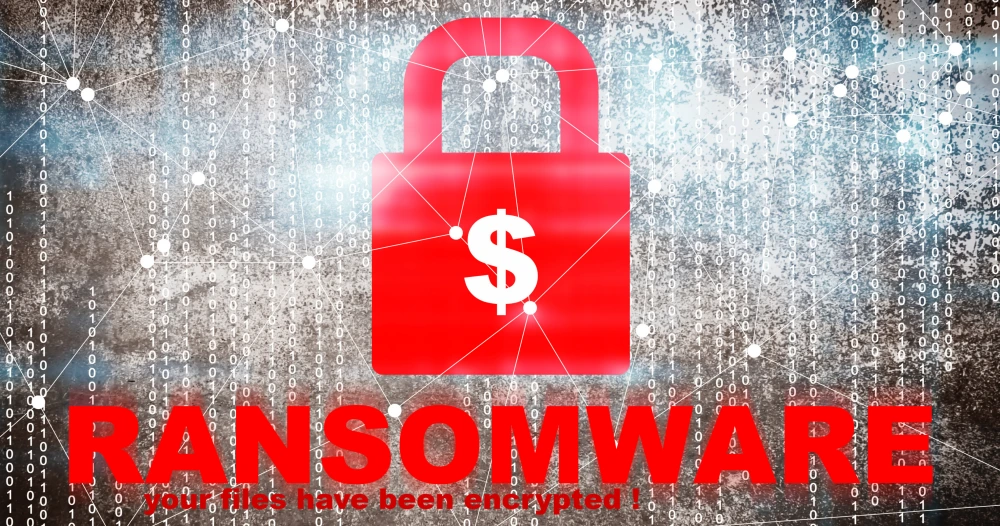BlackCat/ALPHV Ransomware: In-Depth Analysis, Detection, Mitigation
BlackCat, also known as ALPHV, represents a notable and dangerous evolution in ransomware tactics and technical sophistication. This ransomware gang is believed to be composed of experienced cybercriminals, some of whom are likely former affiliates of other notorious ransomware groups like DarkSide or REvil. They first gained attention in late 2021 and have since been linked to a series of impactful ransomware attacks globally.
Target and Methods
BlackCat/ALPHV targets a variety of sectors, including but not limited to energy, healthcare, and financial services. They are known for their meticulous selection of targets, often choosing organizations with the ability to pay large ransoms.
- Ransomware-as-a-Service (RaaS): BlackCat operates under the RaaS model, allowing affiliates to deploy the ransomware while providing the core group with a share of the ransom proceeds.
- Advanced Technical Capabilities: The ransomware is written in Rust, a programming language known for its safety and performance, making BlackCat one of the first major ransomware strains to utilize this technology.
- Customizable Attacks: BlackCat offers its operators high levels of customization, enabling them to tailor the ransomware’s behavior to target specific environments effectively.

Ransomware Attack Examples
- A major European oil company suffered a disruptive attack where BlackCat/ALPHV operators encrypted critical data and demanded a multi-million dollar ransom.
- In another significant incident, a several U.S. healthcare provider was targeted, leading to severe disruptions in patient care and access to medical records.
Detection and Mitigation Strategies
Organizations can take several steps to mitigate the risk of a BlackCat/ALPHV ransomware attack and prepare for effective responses:
- Threat Intelligence: Stay updated with the latest threat intelligence regarding BlackCat operations. Understanding their evolving tactics can help in adjusting defensive measures accordingly.
- Endpoint Protection: Utilize advanced endpoint protection solutions that incorporate behavioral-based detection capabilities to identify and block ransomware activities before they cause harm.
- Email Security: Strengthen email security measures to prevent phishing, a common vector for ransomware introduction. Implement advanced filtering, and train employees to recognize and report malicious emails.
- Network Segmentation: Apply strict network segmentation to limit the spread of ransomware if an intrusion occurs. Ensure critical assets are isolated from general network access.
- Regular Backups and Testing: Maintain regular, encrypted, and off-site backups of critical data. Periodically test these backups and the restoration process to ensure they are effective in an emergency.
- Incident Response Planning: Develop and regularly update an incident response plan that includes specific procedures for ransomware cases. Training and simulations should be conducted to ensure preparedness.
- Legal and Compliance: Consult with legal teams to understand the implications of a ransomware attack, including potential requirements for notifying regulatory bodies and affected individuals.
By employing these strategies, organizations can enhance their defenses against the BlackCat/ALPHV ransomware gang and reduce the likelihood and impact of an attack. Regular review and adaptation of security measures in response to emerging threats are essential to maintaining robust protection against sophisticated ransomware operators like BlackCat/ALPHV.




